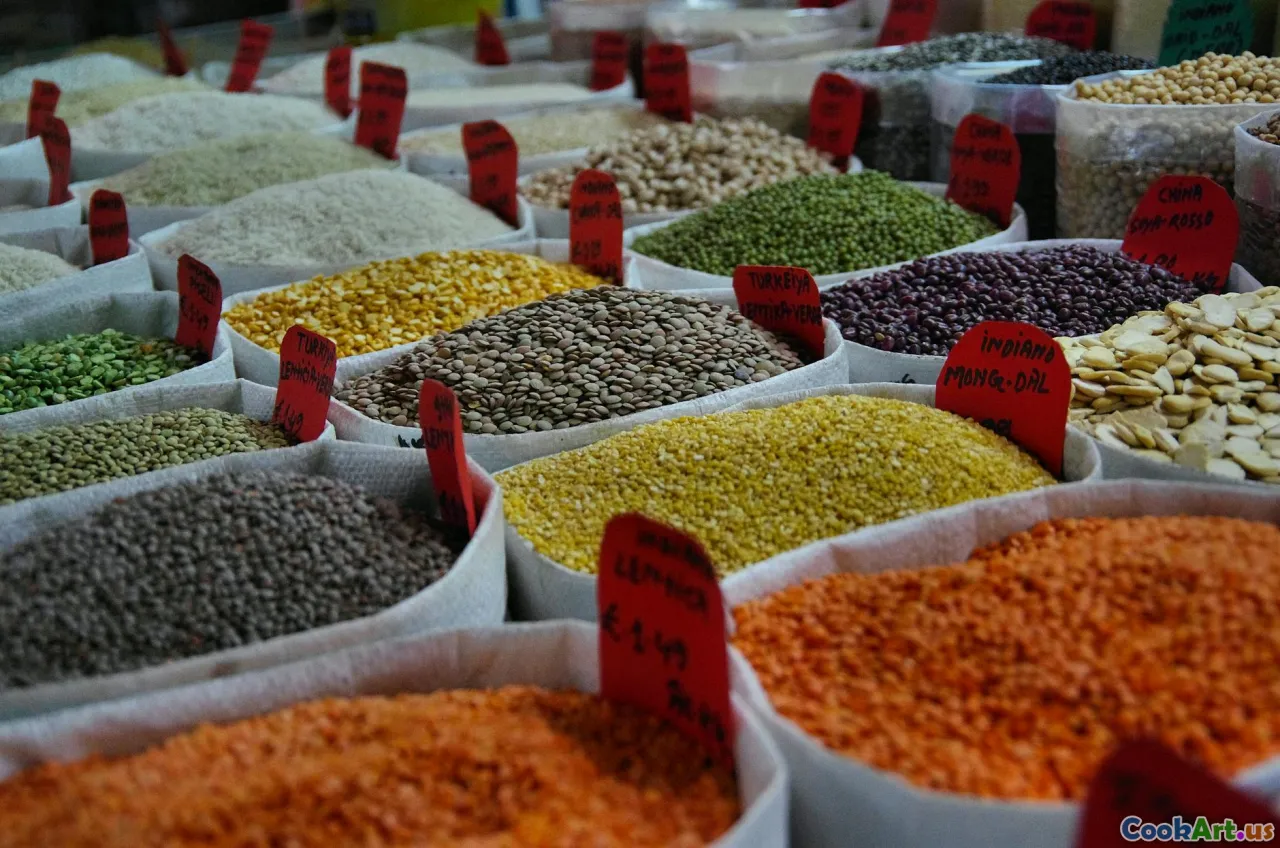Essential Spices in Mongolian Flavors Revealed
8 min read Discover the core spices that define Mongolian cuisine, blending history, culture, and sensory richness into a flavorful journey. April 27, 2025 01:55
Essential Spices in Mongolian Flavors Revealed
Imagine vast steppes stretching to the horizon, endless herds of livestock, and a people whose culinary roots run as deep as their ancestral lands. Mongolian cuisine, often overshadowed by its neighboring giants, holds a treasure trove of unique spices and flavorings that speak to centuries of nomadic life, adaptation, and resilience. In this exploration, we delve into the essential spices that define Mongolian flavors, revealing how these humble ingredients carve a bold identity in their culinary tapestry.
The Cultural Significance of Spices in Mongolia
Unlike the heavily spiced cuisines of India or the aromatic blends of Middle Eastern traditions, Mongolian cooking is characterized by its minimalism and emphasis on natural flavors. However, this simplicity is underpinned by an intricate understanding of herbs and spices that enhance, rather than mask, the meat, dairy, and grains central to their diet.
Spices in Mongolia serve more than just flavor—they carry cultural symbolism, historical influences, and practical functions such as preservation and medicinal benefits. For a nomadic society that traveled across harsh terrains, these ingredients were vital in making nourishing, hearty meals that sustained them through cold winters and long migrations.
Core Spices and Flavorings in Mongolian Cuisine
1. Salt
Salt is the foundation of Mongolian seasoning, historically sourced from mineral-rich lakes and salt flats. It acts as a preservative for dried meats and dairy products, and its flavor amplifies the natural taste of the ingredients.
2. Black Pepper (Pipir)
Introduced through trade routes, black pepper is now a staple in Mongolian cooking. It adds a sharp, pungent heat that complements roasted meats and hearty stews, bringing a subtle depth to traditional dishes.
3. Cumin (Ximen)
Cumin seeds are perhaps one of the most distinctive spices in Mongolia. With their warm, nutty aroma, cumin seeds are often toasted to bring out their full flavor and are used in marinades for mutton or in spice blends for meat fillings. Cumin’s earthy quality echoes the steppe’s rugged terrain.
4. Dried Herbs and Wild Greens
While not technically spices, dried wild herbs like dongle (wild thyme) and chives add aromatic complexity. These herbs are gathered from the Mongolian steppes and dried for year-round use, imparting a fragrant freshness to soups and dairy products.
5. Fermented and Pickled FlavorsThough not a spice per se, fermented dairy products likeairag (fermented mare’s milk) and pickled vegetables are integral to flavoring Mongolian dishes, providing tang and depth.
Traditional Dishes and Their Spicy Signatures
Khuushuur – Fried Meat Pockets
This beloved street food is seasoned with salt, cumin, and sometimes black pepper. The spices elevate the minced mutton filling, giving it a savory aroma and a warming heat that balances the crispy exterior.
Boodog – Roasted Whole Animal
In preparation, the meat is marinated with salt, cumin, and herbs, allowing the flavors to penetrate deeply. The smoky aroma from the open-fire roasting mingles with the spices, creating an immersive sensory experience.
Mongolian Hot Pot – Shuluk
A communal dish featuring boiling broth infused with dried herbs, garlic, and black pepper, which adds a depth of flavor and a subtle spicy kick that invigorates the senses.
Airag – Fermented Mare’s Milk
While not spicy, the tangy flavor pairs well with lightly spiced foods, balancing the palate and highlighting the importance of fermentation in Mongolian flavor profiles.
The Role of Spices in Mongolian Food Culture
Spices in Mongolia are less about complexity and more about highlighting the natural qualities of ingredients. They serve as a bridge between the raw, rugged landscape and the refined palates of Mongolian families. Historically, trade along the Silk Road introduced new spices, but Mongolian cooks have always adapted these ingredients to suit local tastes.
In contemporary Mongolia, traditional spice use remains rooted in ancestral practices, with modern influences blending in subtly. From roadside stalls to highland yurts, the aroma of cumin and freshly ground black pepper continues to evoke a sense of home and resilience.
Personal Reflections and Culinary Inspirations
Traveling through Mongolia, I was struck by how the aroma of toasted cumin seeds filled the air during a roadside feast, instantly transporting me to a world where food is intertwined with survival and tradition. The simplicity of the ingredients—salt, cumin, herbs—belies their powerful ability to transform humble meats and dairy into flavorsome, comforting dishes.
One of my most memorable experiences was tasting a freshly prepared khuushuur seasoned with a generous sprinkle of cumin and freshly cracked black pepper. The warmth of these spices complemented the richness of the meat, creating a harmonious balance that exemplifies Mongolian culinary philosophy.
Conclusion: Embracing the Spicy Spirit of Mongolia
While Mongolian cuisine may appear straightforward at first glance, its spices tell a story of adaptation, resilience, and deep cultural roots. They are the silent heroes that elevate hearty stews, grilled meats, and fermented delicacies into a tapestry of flavors that reflect the soul of the steppe.
Next time you savor a dish inspired by Mongolia, remember that beneath its rustic exterior lies a nuanced palette of spices—each with a history as vast as the land itself. Embrace these flavors, and let them transport you to the heart of Mongolian tradition, where simplicity and boldness dance together in every bite.









